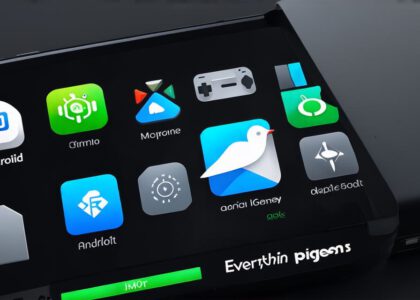1. Freemium Model: The Open Door Policy
The freemium model, where basic gameplay is free but premium features require payment, has been a game-changer for many developers. For instance, Supercell’s Clash of Clans, with its in-app purchases and ad-supported model, has amassed over $5 billion in revenue since its launch.
2. In-App Purchases: The Gold Rush
In-app purchases (IAP) offer a direct route to monetization. Offer cosmetic items, power-ups, or premium content that enhances the user experience without affecting gameplay. Remember, balance is key; too many IAPs can overwhelm players and deter them from making purchases.
3. Advertisements: The Third Wheel (That Pays)
Advertisements are a staple of the freemium model. Reward videos, interstitial ads, and banner ads are common methods. However, be mindful of ad frequency to avoid annoying your players. A well-timed ad can provide a steady stream of income without disrupting gameplay.
4. Subscriptions: The Steady Stream
Subscriptions offer a predictable revenue source. Offer exclusive content or features to subscribers, such as early access to new levels or characters. Google Play’s subscription API makes it easy to implement this model.
5. In-App Currencies: The Virtual Economy
In-app currencies allow players to purchase items using virtual money earned through gameplay or real money. This creates a self-sustaining economy within your game, encouraging players to invest more time and money.
6. Cross-Platform Monetization: The Multiplier Effect
Expand your reach by releasing your game on multiple platforms. This not only increases your potential player base but also opens up additional monetization opportunities. For example, iOS users might be more likely to make in-app purchases than Android users, so catering to both can boost your revenue.
7. Analytics: The Crystal Ball
Use analytics tools like Google Play Developer Console and third-party services to track user behavior, monetization trends, and areas for improvement. Data is your key to unlocking the full potential of your game’s monetization strategy.
FAQs






